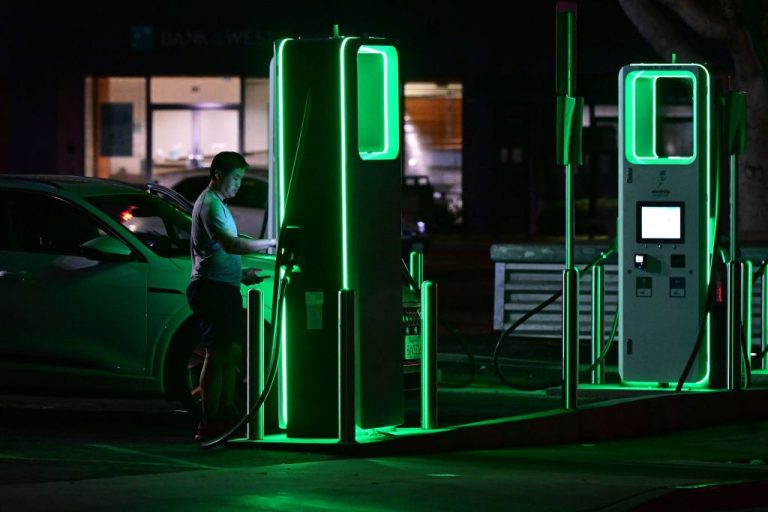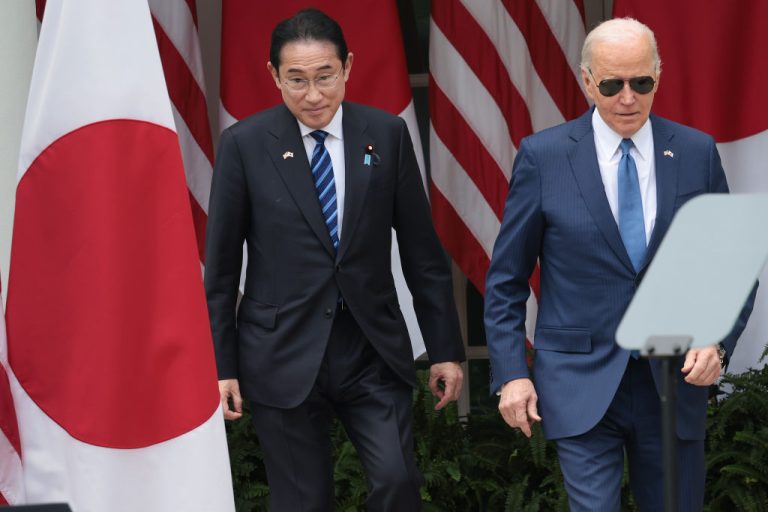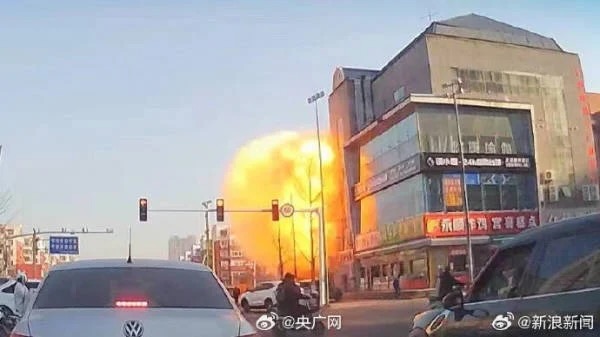California’s power grid has issued an emergency alert that it is running out of available electricity as North America heads into Labor Day and the state endures a massive heat wave on the back of chronic drought.
In response to the crisis, Governor Gavin Newsom was forced to declare a state of emergency.
The California Independent System Operator (ISO) had declared an Emergency Energy Alert (EEA) Watch and a Flex Alert Watch on Aug. 31.
The ISO stated on Twitter that the alerts were deployed “due to excessive heat and high energy demand,” and would apply between 4:00 and 9:00 p.m. the same day.
MORE ON CLIMATE DISASTER
- Now There’s a Ketchup Crisis? Drought Demolishes California Tomato Crop
- California Water Crisis to Leave 800,000 Acres of Farmland Empty This Year
- City in New Mexico Only Has 50 Days of Water Remaining, Declares State of Emergency
- New NASA Images Reveal the Slow Death of Lake Mead, Which Nourishes 60 Percent of US Agriculture
In a secondary tweet, the Operator reminded citizens to “defer using major appliances such as the stove, oven, dishwasher and washer and dryer” during the time period in order to “conserve energy and alleviate stress on the power grid”
Success
You are now signed up for our newsletter
Success
Check your email to complete sign up
The affair is significant, as the State of California is America’s largest — the size of a major country, hosting more than 39 million people.
An Emergency Notifications Fact Sheet issued by the ISO explains that a Flex Alert “is a call to consumers to voluntarily conserve electricity when the ISO anticipates using nearly all available resources to meet demand.”
The missive warned that reducing energy “can prevent more dire measures, such as moving into EEA notifications, emergency procedures, and even rotating power outages.”
A Systems Conditions Bulletin (SCB) issued by the agency updated at 5:30 p.m. explained that in addition to the Flex Alert, the EEA Watch was issued, before being followed by a Level 1 Energy Emergency Alert.
The Fact Sheet defines an EEA Watch as when “analysis shows all available resources are committed or forecasted to be in use, and energy deficiencies are expected.”
The Watch encourages area market participants “to offer supplemental energy.”
Similarly, an EEA Level 1 is described as more critical, “Real-time analysis shows all resources are in use or committed for use, and energy deficiencies are expected.”
Participants are additionally asked to place “ancillary bids” as the public is called on to consume energy.
The ISO also has a Level 2 and Level 3 alert in its playbook.
Level 2 is defined as a situation dire enough where the agency “requests emergency energy from all resources and has activated its emergency demand response program.”
And Level 3 is the grim situation where the grid “is unable to meet minimum Contingency Reserve requirements,” which results in “controlled power curtailments” [blackouts] described as either “imminent or in progress.”
The SCB gave several causes for the crisis, such as:
- Temperatures currently on the rise in the California and the desert southwest
- An expectation for some of the highest load levels of the year
- Weather conditions in neighboring areas, which impacts the ability to import power from other grids
- Overnight temperatures staying high, resulting in buildings and infrastructure retaining heat and causing people to run air conditioners more
The SCB asked consumers to cook meals earlier in the day, pre-cool their homes before peak hours and then cut the thermostat to 78 F, and slash lighting and appliance usage during the specified time period.
Additionally, the ISO asked electric vehicle owners to charge before 4:00 p.m. “when solar production is abundant and electricity prices are likely lower.”
In a News Release later in the day, the ISO informed the public that the Flex Alert power consumption requirements would be extended into Sept. 1 during the same 4:00 to 9:00 p.m. window.
“With excessive heat in the forecast across much of the state and Western U.S., the grid operator is again expecting high electricity demand, primarily from air conditioning use,” the document stated.
The ISO warned that the forecast for Northern California was set to see temperatures “10 to 20 degrees warmer than normal” all the way through Labor Day, with SoCal pushing the mercury 10 to 18 degrees higher than usual.
“A majority of weather stations in California’s interior are poised to break their respective daily records over the holiday weekend, with the chance of monthly records being broken at a handful of stations,” the ISO stated.
The National Weather Service issued both an Excess Heat Warning and Near Record Heat Warning for various California areas beyond Labor Day and into Sept. 7.
Areas such as Five Points are poised to print 111 F (43.8 C) on Sept. 6.
Aug. 31 reporting by the San Francisco Chronicle explained the warning “is the highest alert issued by the NWS, and was upgraded from an excessive heat watch issued on Monday.”
The outlet also reported that ISO President Elliot Mainzer told reporters during a press conference that although the situation appears dire, rolling blackouts “are a possibility but not an inevitability.”
Aug. 31 reporting by Bloomberg pointed out that a large source of the energy shortfall this time around is caused by California’s massive drought, because the state “generates about 10% of its electricity from hydroelectric dams and has aggressively closed natural-gas power plants in recent years.”
The article added that the ISO informed the public, “About 9 gigawatts of power-generating capacity wasn’t available Wednesday, including a 480 megawatt natural-gas unit in Southern California.”
“A gigawatt is enough to power about 750,000 homes in California,” the authors explained.
CBS added, “The peak load for electricity demand in California is projected to exceed 48,000 megawatts on Monday, the highest of the year.”















